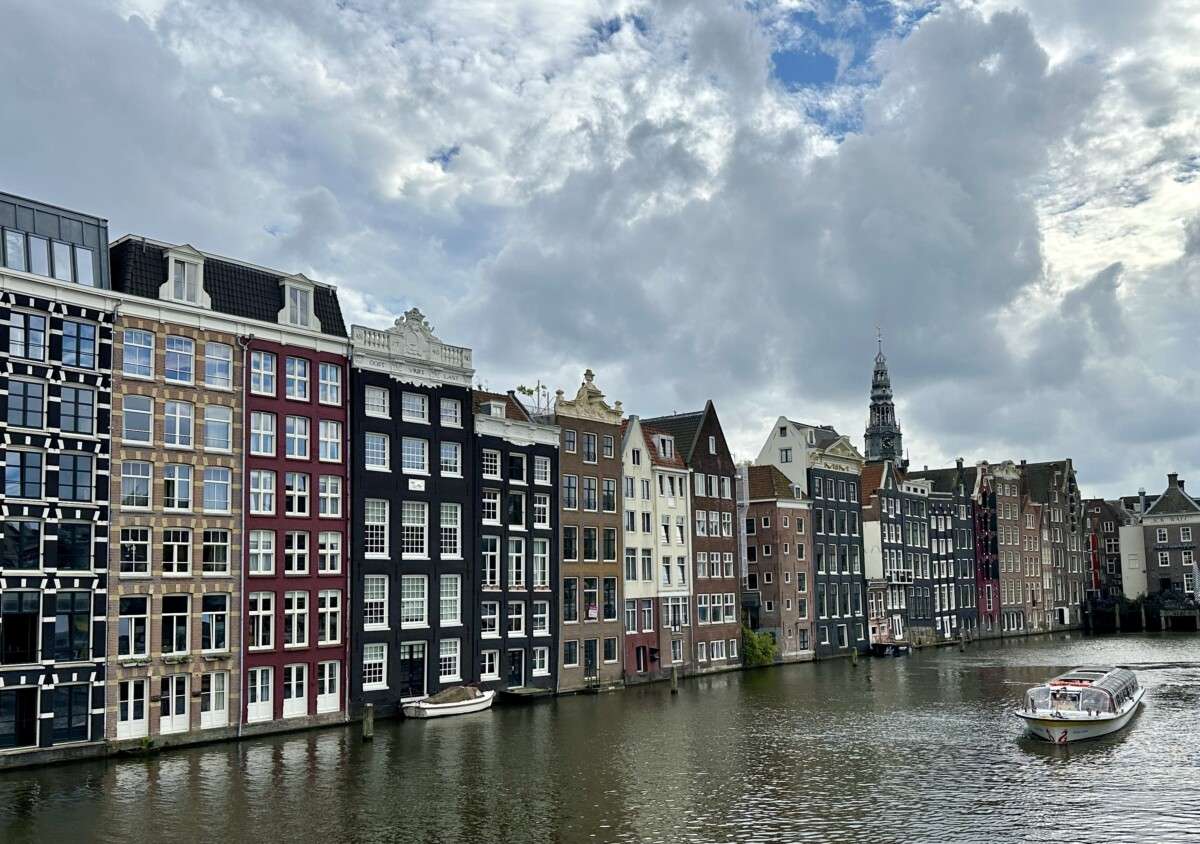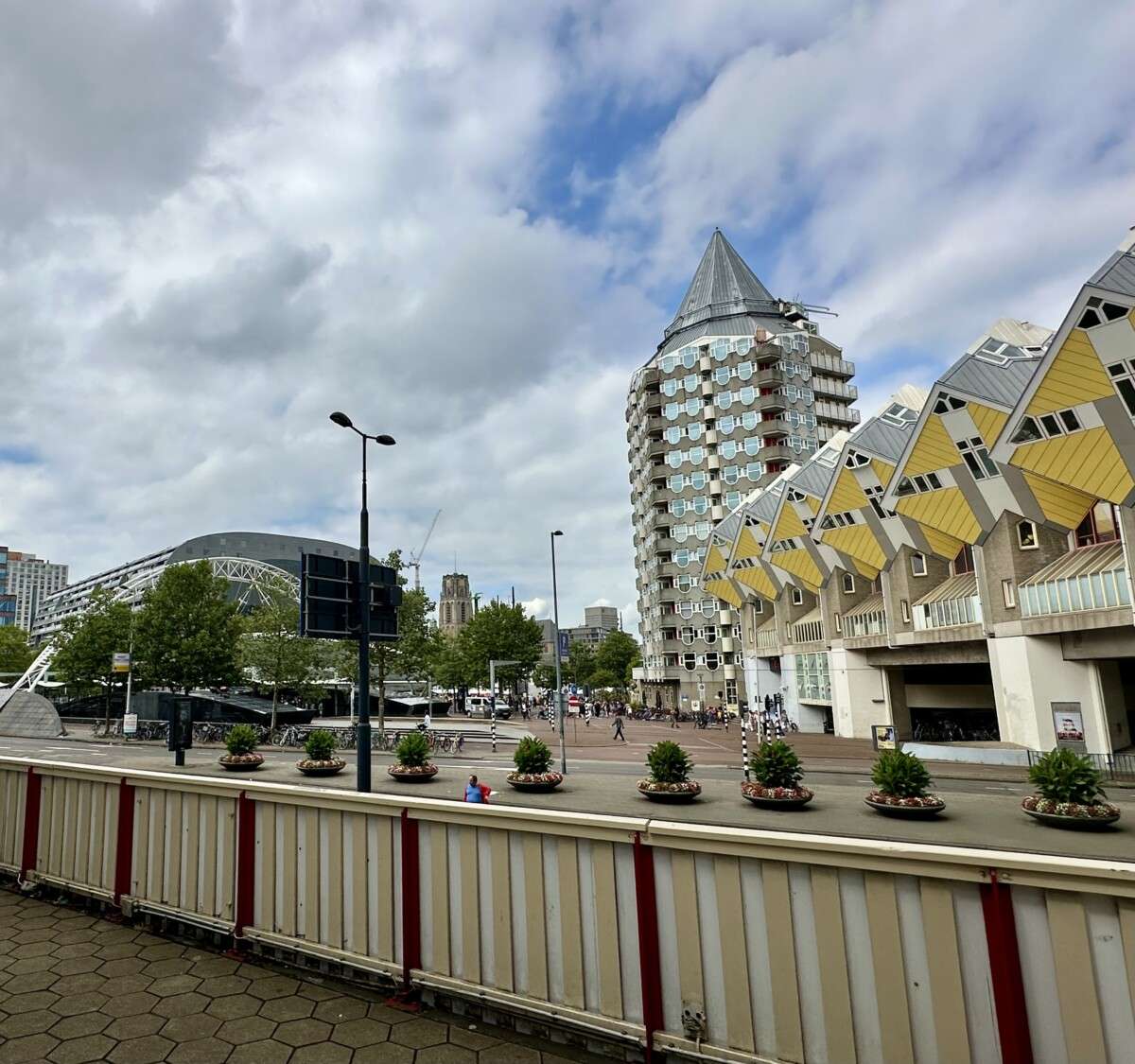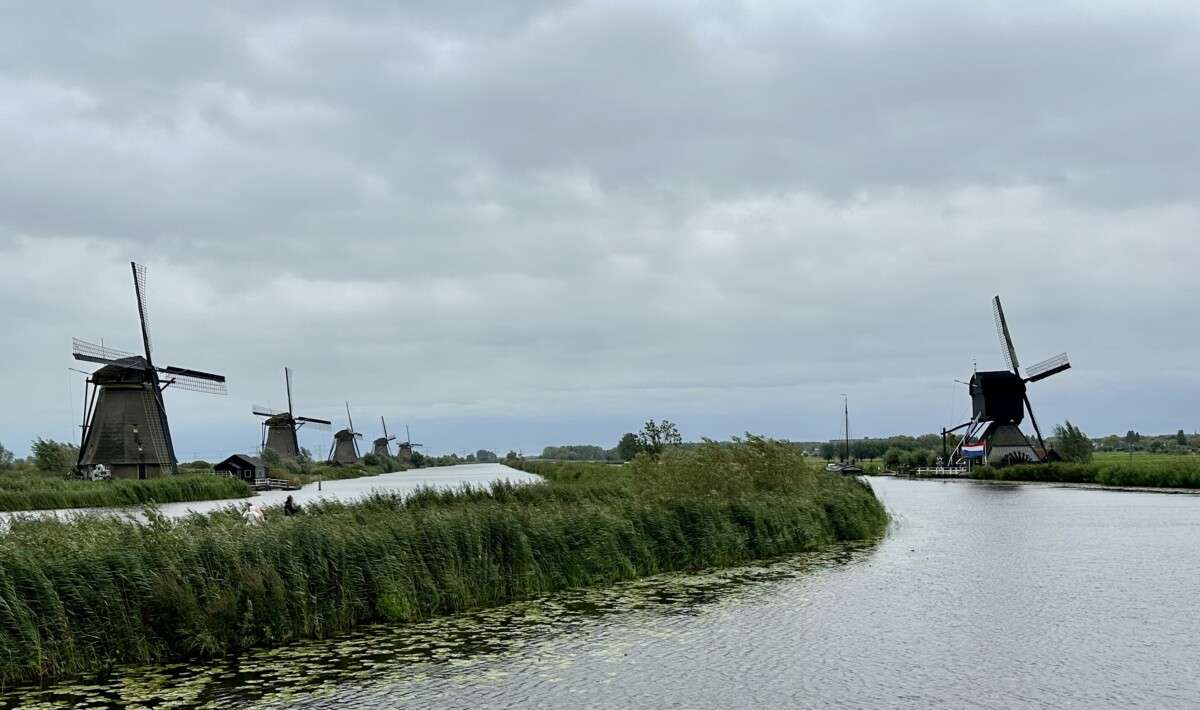First, I know what you’re thinking, what’s up with two names? Is it Koln or Cologne? Well, it’s both. Germans call their oldest city Koln. The French version for the city’s name, Cologne, has become the standard in English as well.
Germany’s most visited landmark is the Cologne Cathederal, visited by about 6 million people each year (that is about 20,000-30,000 each day!). We were surprised to see it when we stepped out of the train station – it is literally right next to the main train station. I snapped this picture but we came back to see it later when we didn’t have our suitcases slowing us down.

Our hotel had a special rate that included two tickets to the chocolate museum, so that was our first stop the next morning.

The Chocolate Museum sits on the Rhine River next to a building, which looks like a castle, built in 1892. It operates in partnership with Lindt Chocolates and is an actual working chocolate factory. It smelled soooo good in here.

The museum covered where chocolate comes from, how it is made and the history of how chocolate became so popular. It was very interesting.



I love how so many things we have today came about because someone did something accidentally. Rodolphe Lindt “invented” his chocolate making process because he accidentally forgot to turn off one of his machines over the weekend. Because of that happy accident we have delicious Lindt chocolates today.


Right across the street is another food museum – The Senf (mustard) Museum. Unfortunately, this museum is no longer open for tours. However, they do offer samples and sell all their products.


We visited a different Mustard Museum in Wisconsin in July, 2021. It had a lot of information about the mustart making process and different types of mustard. If you are ever in the area it is a good stop.

Cologne is Germany’s oldest major city. It was founded by the Romans in 50 AD. (Honestly, I can’t even conceive of how old that is.)
Surprisingly (to us), there are still quite a bit of Roman ruins all around the city. We were surprised when we stumbled upon it. And then even more surprised when our tour guide took us around and pointed out several more ruins near the Cologne Cathederal. Here are some of the ruins we saw and the signs explaining what we were seeing.



On many maps of the old Roman city you will see CCAA, which was the Roman city’s name. “Agrippina the younger was born in AD 15 in Cologne. She was the daughter of Germanicus and the wife of the Roman Emperor Claudius. She succeeded in convincing Claudius around 50 AD to elevate her birthplace to Colonia Claudia Ara Agrippinensium (Colony of Claudius and Altar of the Agrippinians). This gave Colonia the status of ‘city’ under Roman law.” – Wikipedia

Walking around Cologne you will see maps of the old Roman city embedded into the sidewalks. Silver pins/nails are placed on the map to indicate where you are standing at the time. The Rhein river and the Cologne Cathederal can be clearly seen. The Cologne Cathederal is right next to the silver pin circled below.


Some parts of the Roman ruins have been discovered during excavations for newer building projects. Below is a section of the old Roman city wall that was discovered when a parking garage was built under the Cathedral. We were able to just walk up and touch it – which felt crazy since we expect ancient artifacts to be in a museum or behind some barrier.


Near the Cathedral you can see a section of a Roman road. Again, crazy that we were able to stand on and walk around these ancient stones.







We spent some time exploring the Cologne Cathedral and were in awe of what we saw. “At 157 m (515 ft), the cathedral is the tallest twin-spired church in the world, the second tallest church in Europe after Ulm Minster, and the third tallest church of any kind in the world.” – Wikipedia

The foundation stone was laid on August 15, 1248, and was finished around 1830. However, because the building is made from sandstone, which we were told is great for carving but not for building walls, it needs constant repairing and will forever be “under construction”.

The Cathedral is famous for containing the Shrine of the Three Kings, which is said to hold the remains of the three wise men who visited Jesus after his birth, bearing gifts of gold, frankincense, and myrrh. It also holds many other famous works of art.
There were too many people to get a good photo so here is one I was able to get online.


Created sometime around 1520, the Saint Agilulfus altarpiece has a carved middle shrine with two pairs of painted wings, a carved lower structure with a pair of painted wings, and three crowned figures standing on consoles. It was amazingly intricate.

The only person buried in the Cathedral who is not an archbishop is Gottfried IV, Count of Cuyk-Arnsberg. He was a very wealthy man and the last count of the county of Arnsberg. Since his marriage remained childless, he finally sold the county to the Archdioce of Cologne.

His sarcophagus was the only one we saw in a cage. We were told the townspeople were very mad that he sold the county to the church and they kept trying to destroy his sarcophagus.




Like many German cities, Cologne was heavily damaged during WWII. Below are some pictures we saw of the damage around the Cathedral from 1945. We were told that about 70% of the city was destroyed during air raids.



While in Cologne we explored WWII history by visiting the NS Documentation Center. It is a former Gestapo prison in the center of the city that serves as a museum, memorial and research institution on the history of the city in the time of National Socialism (1933 to 1945).

“The core of the museum is the Gestapo Prison Memorial in the basement of the building. There are cells in which Gestapo prisoners were housed and whose walls were labeled by the inmates. Since 2013, the courtyard, the former execution site, has also been available to the center as a place of view.” – Wikipedia





















Only one person ever escaped from this Gestapo prison. His story and picture are below.


“Germany’s oldest city hall (is located in Cologne) with a documented history spanning some 900 years. The City Hall is located on the site of the former Ancient Roman Praetorium, which until the year 475 was seat of the Roman Governor of Germania Inferior.” – Wikipedia

Here are some other interesting buildings we saw around town.

There seem to be several stories about this statue, but the one we were told is that buildings were built narrow and tall in the middle ages. Unfortunately, indoor plumbing didn’t exist back then and when nature called in the middle of the night…well, apparently it was not unusual to just hang your backside out of the window to go.

“Eau de Cologne meaning “Water from Cologne” or simply cologne is a perfume originating from Cologne…Originally mixed by Johann Maria Farina (Giovanni Maria Farina) in 1709, it has since come to be a generic term.” – Wikipedia



We couldn’t leave Germany without visiting a traditional beer garden. We went to the Fruh brauhaus which is the 2nd largest brew house in Germany (the largest is in Munich). It was really fun. You sit down, order a beer and some food, and then they start bringing small glasses of beer.

Servers walk around with glasses of beer in special trays and they just keep bringing them every time your glass is empty – until you put a coaster on top of your glass to signal that you are done. There was only one beer served, a German pilsner that was light and refreshing on a warm afternoon.

After almost two weeks in Germany we decided to hop on a train to another country. Germany is one of the larger countries in Europe but it is only about the size of Montana, so it is very easy to hop on a train and get to another country in just a couple of hours.

Plus, the trains here are super fast!







A wonderful city and so interesting with its Roman Ruins. Never thought about cologne coming from the city of Cologne. Also… we have some Lindt chocolate every day. Thanks again. June and Gene
Hallo Lovebirds!
Now, it’s Auf Weidersehen to Germany…you did a wonderful and interesting tour of the country and I know you would like to see more and you will be back!!
Thank you for sharing as always!
BTW, that awesome cathedral reminded me of the several hundred steps it took me to climb up to the tower/steeple!
Have a pleasant trip back home,
Rod and Sasha
That was quite interesting and enjoyable as I sit here at 9:13 waiting for my coffee to brew.
You guys did a lot of touring ….while in Germany. I hope to get there some day as I love all the details of the history behind all that u did. Have a safe rest of your journey ahead.
Wonderful touring (de facto) with you two. It’s 7:00am here. I saw the JJ email from you, hopped on and journeyed along. Truly enjoyed the excursion but, regrettably, could not taste the bier from this supine bedroom position of mine. I’ll be looking to join you on “our “ next adventure together. —-the Dad😎❤️